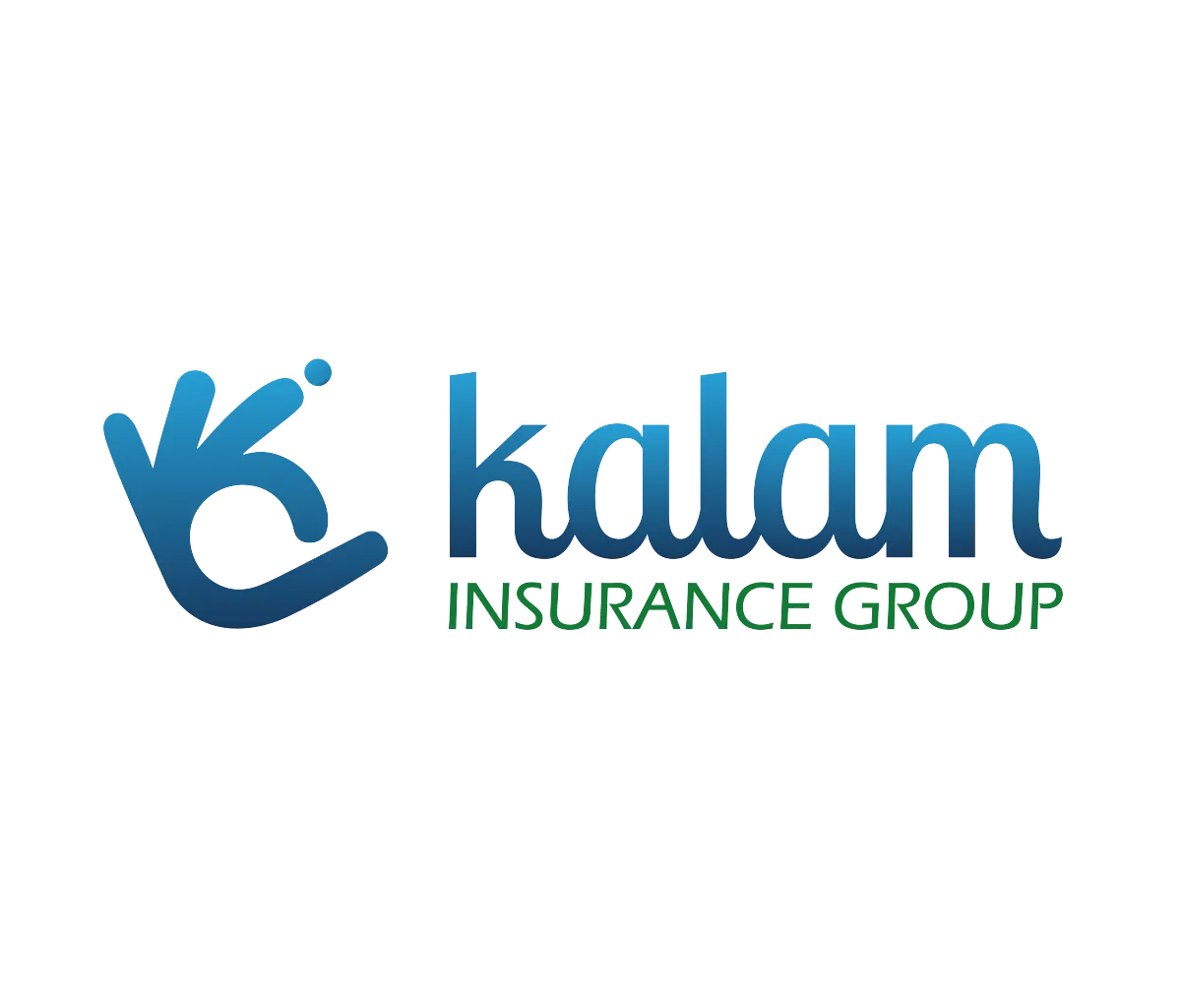Whole Life Insurance
Protect yourself against unexpected events
Purchase a reliable and flexible life insurance policy that offers financial security to your loved ones and, at the same time, increases your wealth.
Peace and security for you and your family!
Whole life insurance is a policy that provides coverage for the lifetime of the insured, as long as premiums are paid on time. Unlike term life insurance, which only covers a specific period of time, whole life insurance offers permanent protection.
Benefits of life insurance that pays during your lifetime
There are several types of commercial insurance available to meet the diverse needs of businesses.
These include:

Lifetime coverage
As long as premiums continue to be paid, the policy remains active for the life of the insured. This provides the peace of mind of knowing that beneficiaries will receive a death benefit when the insured dies.

Cash value
A distinctive feature of whole life insurance is its cash value component. A portion of the premiums paid accumulates as cash value over time. This value grows at a predetermined rate, which is usually guaranteed by the insurance company. Policyholders can access this cash value through loans or withdrawals from the policy.

Fixed premiums
Whole life insurance premiums are usually constant for the life of the policy. This means that the insured pays the same amount each year, regardless of age or changes in health.
Need help?
Frequently Asked Questions
What is whole life insurance?
Commercial insurance refers to insurance coverage specifically designed for businesses to protect them from potential financial losses resulting from various risks and liabilities. It provides a safety net for businesses by offering coverage for property damage, liability claims, and other risks that can impact their operations.
Why do I need a Whole Life Insurance?
Businesses need commercial insurance for several reasons. Firstly, it helps protect their assets, including property, equipment, and inventory, from unexpected events such as fire, theft, or natural disasters. Secondly, it provides liability coverage in case the business is held responsible for injuries or property damage caused to third parties. Additionally, commercial insurance offers financial support for legal expenses, business interruption, and other potential risks that can disrupt normal business operations.
How is the cost of whole life insurance determined?
The cost of commercial insurance is determined by several factors. These factors may vary depending on the insurance company and the specific details of the business being insured. Some key factors that influence the cost of commercial insurance include the type of business, its location, annual revenue, number of employees, claims history, and the coverage limits and deductibles chosen.
"Everyone has different health needs. Our specialists can guide you step by step to understand your eligibility and coverage options."
CONTACT US
ABOUT
HOW CAN WE HELP?

© 2025 All Rights Reserved | Kalam Insurance Group

